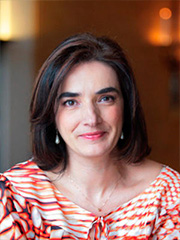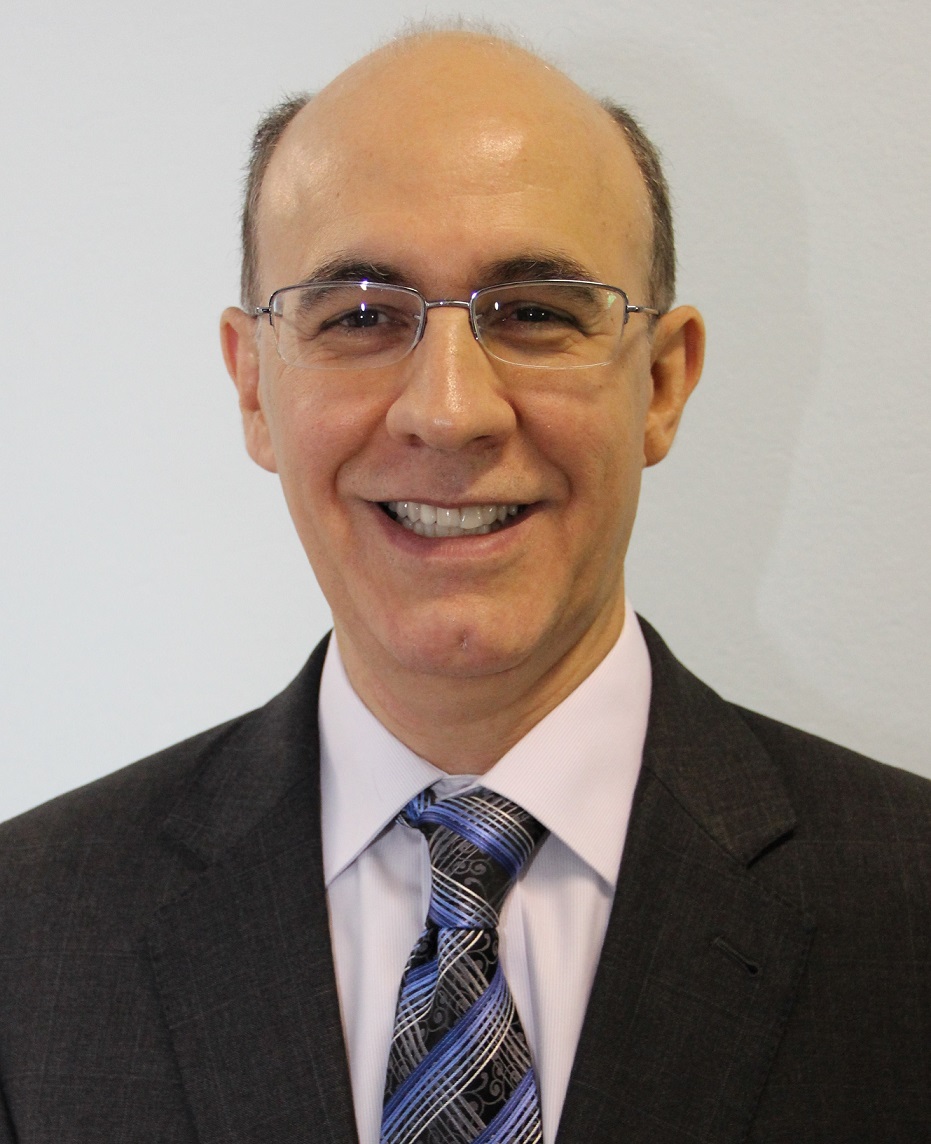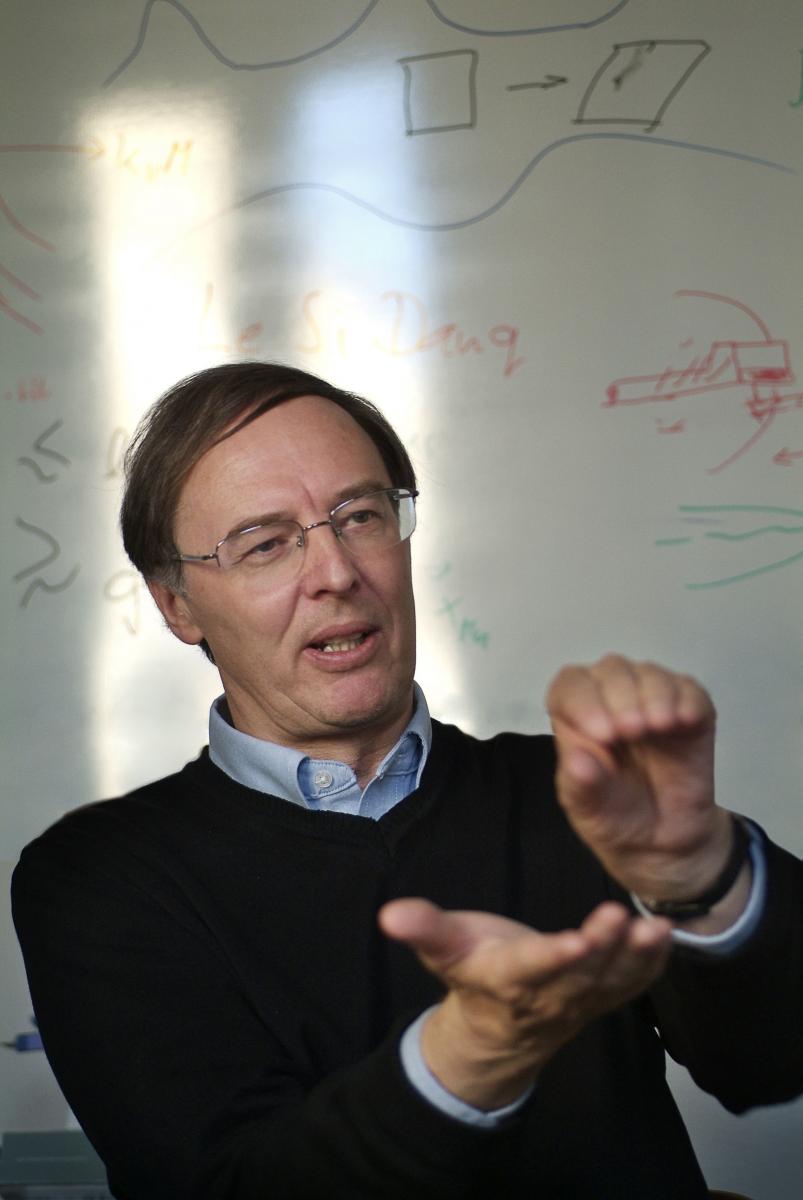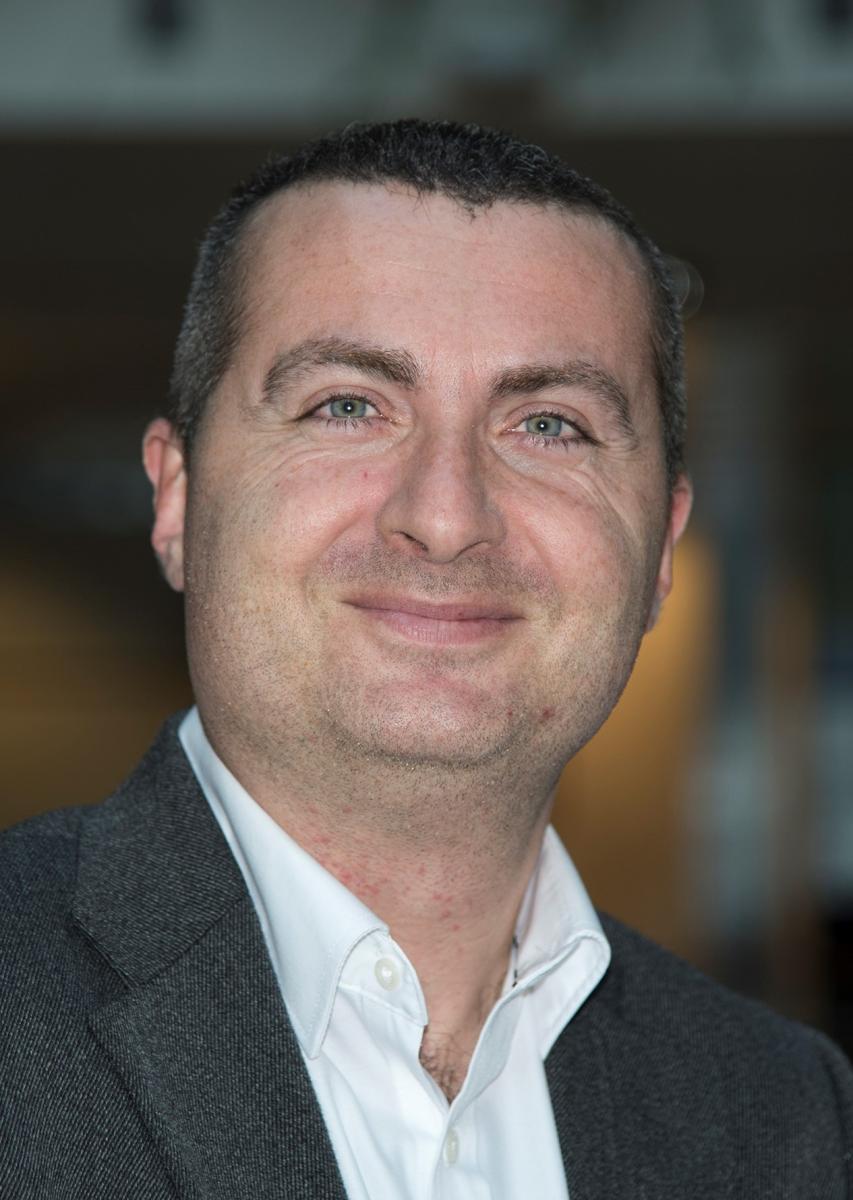Plenary session
The plenary session is scheduled for Wednesday morning, 20th September and will consist of a series of outstanding talks:
09:00 - Introduction - Conference organizers
09:10 - Welcome address by Prof. Rajmund Bacewicz, Vice Rector for Research of the Warsaw University of Technology
09:15 - Welcome address by Prof. George Kiriakidis, E-MRS President
09:30 - Laudatio and Presentation of the Jan Czochralski Award to Prof. Elvira Fortunato, New University of Lisbon, Portugal
09:45 - Lecture 1:
Sustainable materials it is not a need, but our commitment!
 |
Elvira Fortunato CENIMAT/I3N and CEMOP-UNINOVA |
|
In this talk we will discuss the state of the art and potential future directions in paper-based electronics with special emphasis to the work developed at CENIMAT|i3N, covering electronic devices, smart displays, printed electronics, sensors and diagnostic tests.
We have been observing a rapid and growing interest concerning the utilization of biological materials for a wide range of applications. One of the most representative example is cellulose, not only in the form of raw material mainly for pulp and paper production, but also in the development of advanced materials/products with tailor-made properties, especially the ones based on nanostructures.
5 years ago paper electronics was pure science fiction, but today we have already several paper-based electronics like integrated circuits, supercapacitors, batteries, fuel cells, solar cells, transistors, microwave electronics, digital logic/computation, displays, force-sensing MEMS, user interfaces, transparent substrates, substrates with high strength, wearable devices, and new rapid diagnostic test sensors. These devices with their associated physics and processing will play an important and relevant to our society ongoing efforts to in environmental sustainability, safety, communication, health, and performance.
10:30 - Lecture 2:
Shaping the future of materials research with machine learning and Big Data
|
|
|
|
 |
|
Osvaldo N. Oliveira Jr. São Carlos Institute of Physics, University of São Paulo, Brazil |
|
|
|
Recent developments in machine learning have brought the expectation that artificial intelligence systems will be ubiquitous in the near future, with large impact on science and technology. The ways researchers develop and optimize materials for varied applications are already affected by the availability of large databases of materials properties and Big Data methodologies [1]. In this lecture, examples will be given of computational methods to handle large amounts of data in sensing and biosensing, which include machine learning techniques to relate impedance spectroscopy data from an electronic tongue to the human perception of taste. For clinical diagnostics, it will be made clear that a convergence of nanotechnology and Big Data resources is required for creating computer-aided diagnosis systems [2]. On one hand, optimized sensors and biosensors need to be produced with nanomaterials and nanotech-related techniques [3], while on the other hand robust computational methods are crucial for distinguishing among very similar responses, as in detection of cancer biomarkers [4]. Most significantly, the shift in paradigms for performing research demands urgent changes in the training of materials researchers.
References:
[1] Oliveira Jr., O.N.; Rodrigues Jr., J.F.; De Oliveira, M.C.F.; Editorial of Elsevier Special Issue “Shaping the Future of Materials Science with Machine Learning”, 2016.
[2] Rodrigues Jr., J.F.; Paulovich, F.V.; De Oliveira, M.C.F.; Oliveira Jr., O.N.; Nanomedicine, 11, 959–982 (2016).
[3] Oliveira Jr., O.N.; Iost, R.M.; Siqueira Jr., J.R.; Crespilho, F.N.; Caseli, L.; ACS Appl. Mater. Interfaces, 6, 14745−14766 (2014).
[4] Soares, A.C.; Soares, J.C.; Shimizu, F.M.; Melendez, M.E.; Carvalho, A.L.; Oliveira Jr., O.N.; ACS Appl. Mater. Interfaces 7, 25930−25937 (2015).
11:15 - Lecture 3:
Magnetic topological materials
 |
|
Tomasz Dietl
Research Foundation MagTop |
|
|
|
|
|
|
Laboratory of Cryogenic and Spintronic Research |
|
|
|
|
|
|
|
WPI-Advanced Institute for Materials Research |
Magnetization breaks time-reversal symmetry. Accordingly, it was initially expected that topological properties, including quantized conductance, will be destroyed by ordered localized spins. It is, however, increasingly clear that doping by transition metal impurities rather than destroying boundary topological states constitutes a new resource in the physics of topological matter [1,2]. In particular, giant exchange spin splitting of bands generated by p-d coupling between carriers and magnetized localized spins leads to the robust quantized anomalous Hall effect in topological insulators, promotes changes in the Chern number of Weyl semimetals, and makes it possible to engineer Majorana-like excitations in one dimensional systems. Accordingly, magnetic topological materials show a number of functionalies of interest for spintronics, metrology, and fault-tolerant quantum computing.
[1] Rui Yu, Wei Zhang, Hai-Jun Zhang, Shou-Cheng Zhang, Xi Dai, and Zhong Fang, Science 329, 61 (2010); Cui-Zu Chang et al., ibid. 340, 167 (2013).
[2] T. Dietl and H. Ohno, Rev. Mod. Phys. 86, 187 (2014); T. Dietl et al., ibid. 87 (2015).
12:00 - Lecture 4:
NFFA-Europe: enhancing European competitiveness in nanoscience research and innovation
 |
Ennio Capria European Synchrotron Radiation Facility Grenoble, France |
|
NFFA-Europe is a European open-access resource for experimental & theoretical nanoscience that carries out comprehensive projects for multidisciplinary research at the nanoscale ranging from synthesis to nanocharacterization, to theory and numerical simulation. Advanced infrastructures specialized on growth, nano-lithography, nano-characterization, theory and simulation and fine-analysis with Synchrotron, FEL and Neutron radiation sources are integrated into a multi-site combination to develop frontier research on methods for reproducible nanoscience research thus enabling European and international researchers from diverse disciplines to carry out advanced proposals impacting on science and innovation. NFFA-Europe coordinates access to infrastructures on different aspects of nanoscience research that are not currently available at single specialized sites without duplicating specific scopes. Internationally peer-reviewed approved user projects have access to the best suited instruments, competences and technical support for performing research, including access to analytical large scale facilities, theory and simulation and high-performance computing facilities. Access is offered free of charge to European users. Two researchers per user group are entitled to receive partial financial contribution towards the travel and subsistence costs incurred. The user access scheme includes at least two “installations” and is coordinated via a single entry point portal that activates an advanced user-infrastructure dialogue to build up a personalized access programme with an increasing return on science and innovation production. NFFA-Europe’s own research activity addresses key bottlenecks of nanoscience research: i.e. nanostructure traceability, protocol reproducibility, in-operando nano-manipulation and analysis, open data. (www.nffa.eu)
